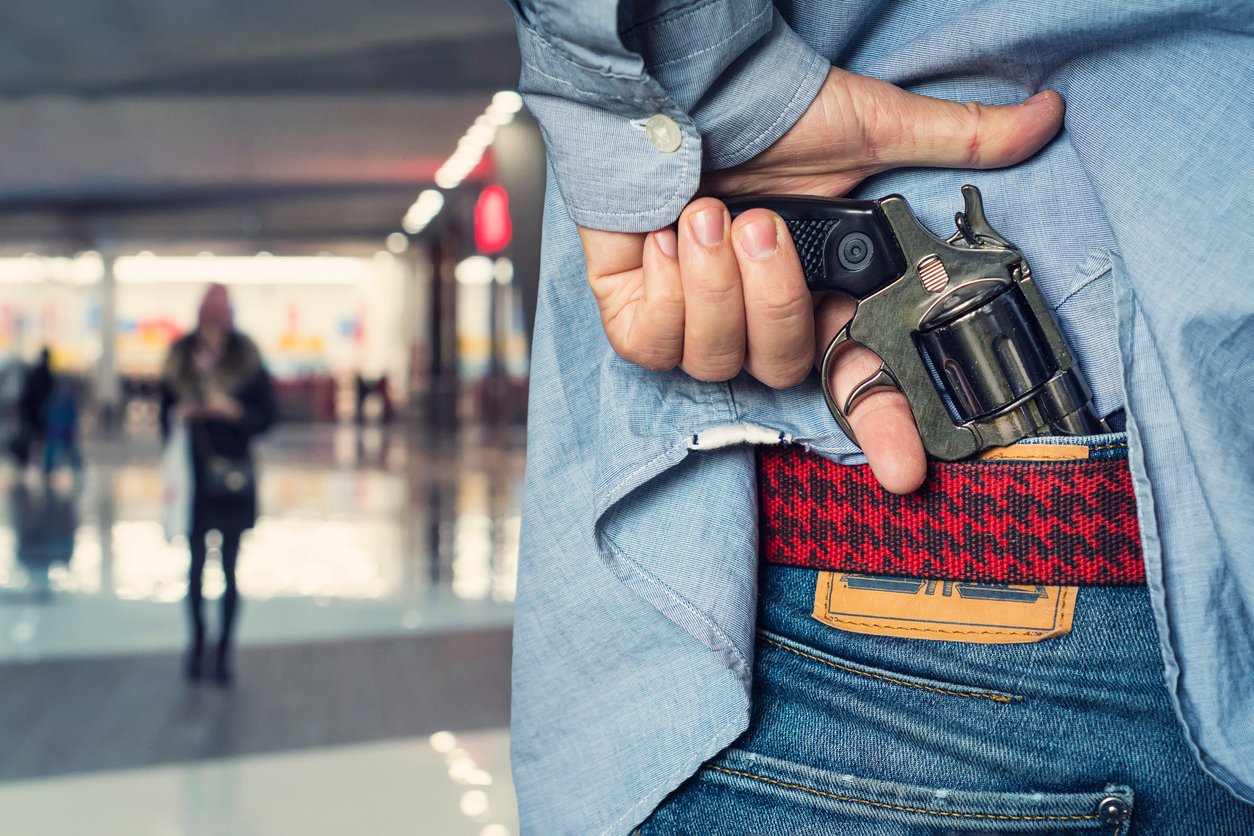Expanding Key Control: Protecting Your Most Important Asset
There’s an area of keyed security that hasn’t been talked about much in the industry. That area is the protection of your organization’s most important asset. Locks aren't just for protecting inventory and equipment. They're for protecting people. Your inventory isn't your most important asset. Your employees are. Their safety is paramount.
With the rising threat of active shooters and workplace violence in recent years, protecting employees and safeguarding them from harm is on every asset protection manager’s mind. Many organizations are looking for ways to create safe rooms in each of their multi-site locations.

How a Safe Room Can Help
A safe room is a secure place in a building that can block active threats and help employees and visitors feel safer. If a crisis situation were to happen, a safe room can help prevent violence, injury, and loss of life. This could be as simple as utilizing your back-of-house door if you have one in your location.
What Makes a Safe Room a Safe Room?
There are many different safe room systems you can buy or build to improve workplace safety. Bulletproof glass windows and ballistic doors are always options. But organizations can also take a look at the measures they take to protect their inventory or equipment. You may be able to use those same measures to protect your employees and visitors as well. At a bare minimum, your safe room should have these things:
- Contained area
- Ventilation
- Access to water
- First-aid kit
- Electrical outlets
- Mobile phone service or a dedicated landline
- Exterior free egress to leave the building if possible
- A reliable, eyed lock
Access to water, electricity, phone service, and a first-aid kit are good for sheltering in place and calling the authorities for help. But to keep any threats separated from your employees and visitors, you need a walled-off area with sturdy doors, reliable locks, and good key management protocols.
What Is the Best Lock Type For a Safe Room?
The best lock type for a safe room is one that works best for your situation. The three most common types are a traditional lock, a lock with an interchangeable (IC) core, and a cipher lock. Each lock type has its pros and cons, so it's best to understand how they work and determine what fits your budget and safety needs before choosing one.
Traditional locks are the least expensive and quickest to install, but they present the most security risks. IC core locks function the same way traditional locks do but are quicker to rekey and can use keys that can’t be duplicated. They offer better security versus traditional locks but cost more to install initially. Cipher locks use a keypad instead of a physical key override. Rekeying is as simple as changing the passcode, and many models use a physical key as a manual override. Cipher locks have a higher upfront cost to install.
Safe Room Key Management
While a safe room is only as protective as the door and locks you use, your locks are only as effective as the key management program you have in place. In some cases, a safety threat could be a visitor or a former employee with a duplicate key. That’s why it’s vital to always know who has access to which keys and which locks those keys open. The best way to do that is with a restricted key that can’t be duplicated and dedicated key tracking software that lets you know the keys that you have and who is carrying them.
If you’re ready to take the next step toward ensuring your most important asset is protected, InstaKey may be able to help. Request a demo and see what InstaKey can do for your security.





